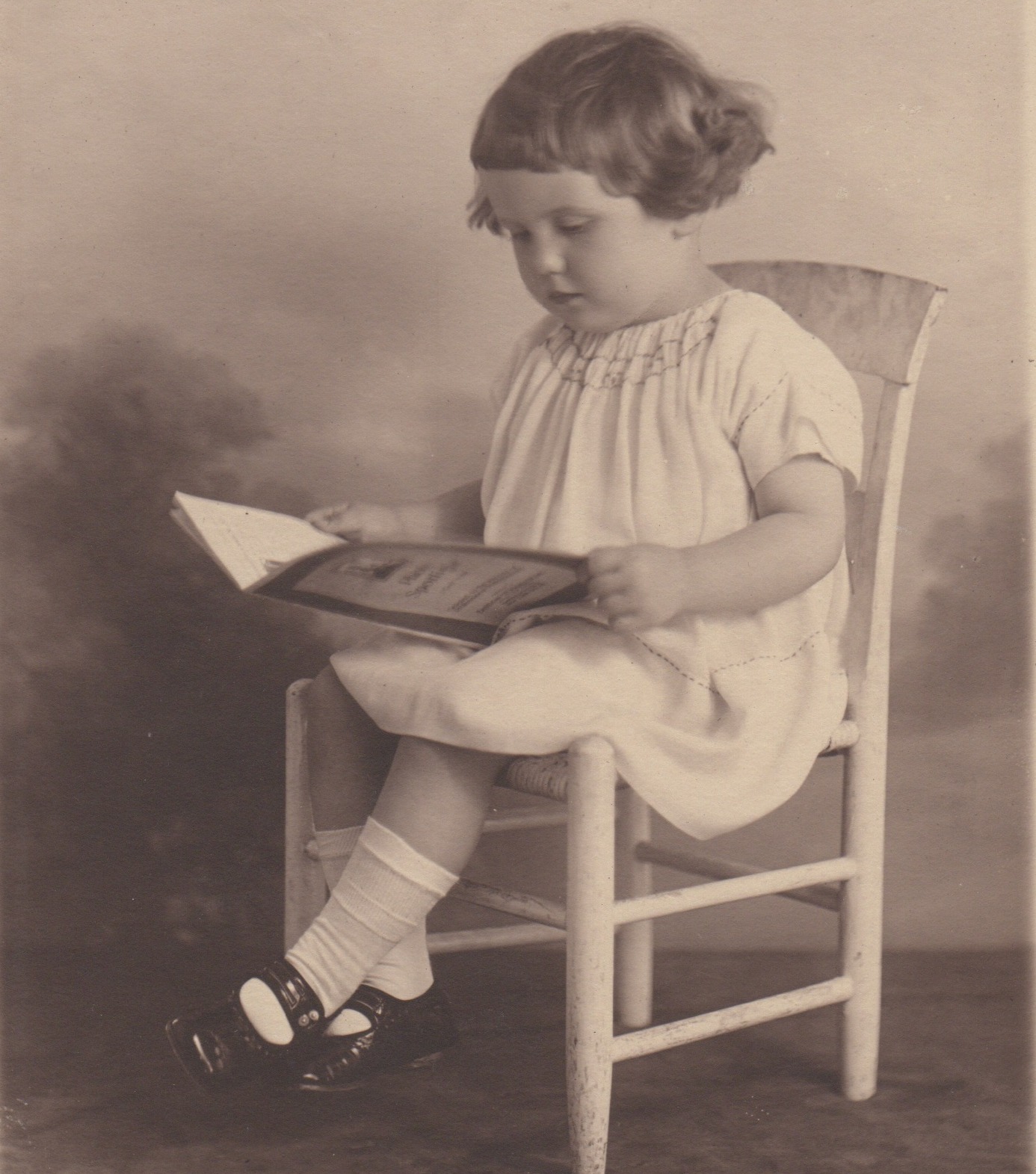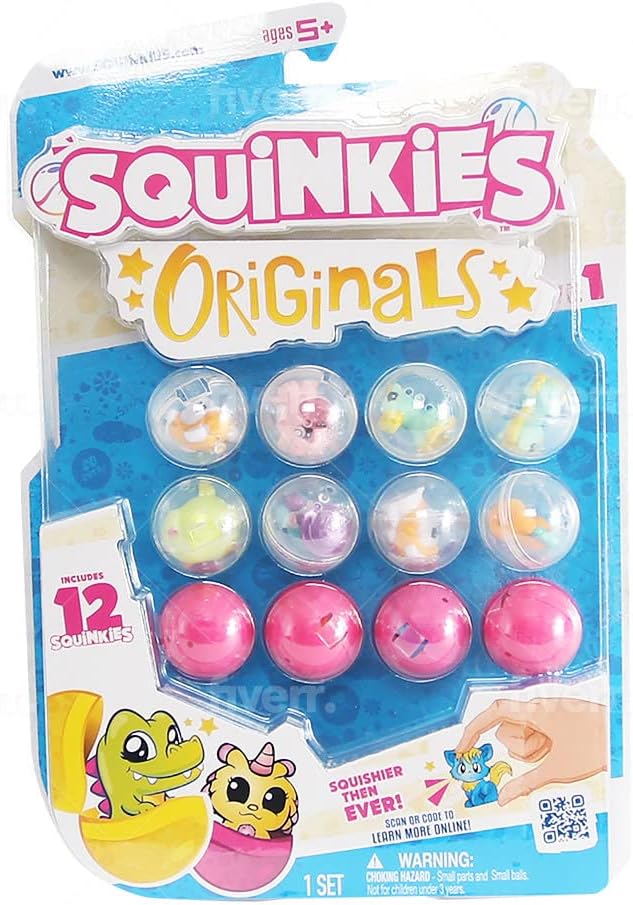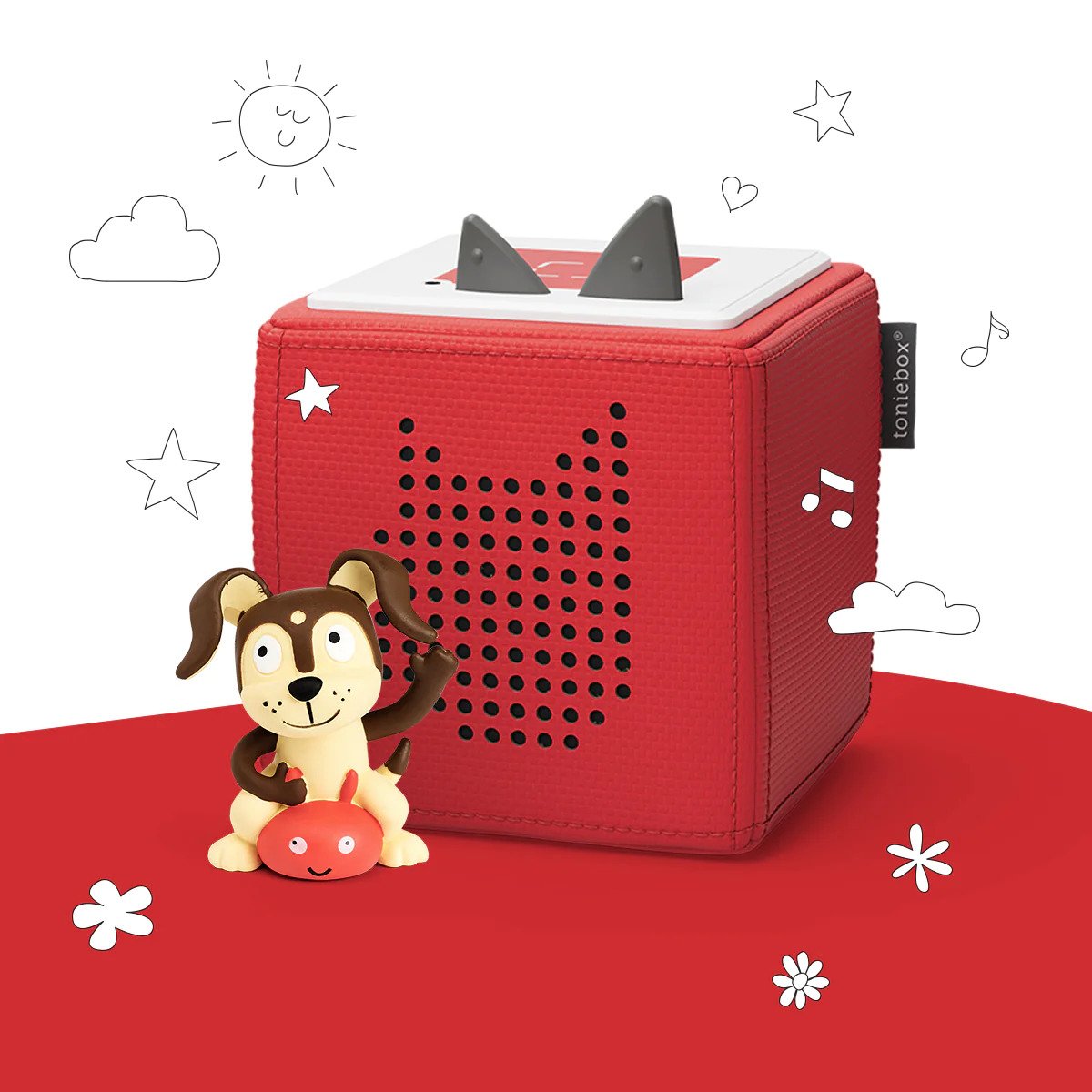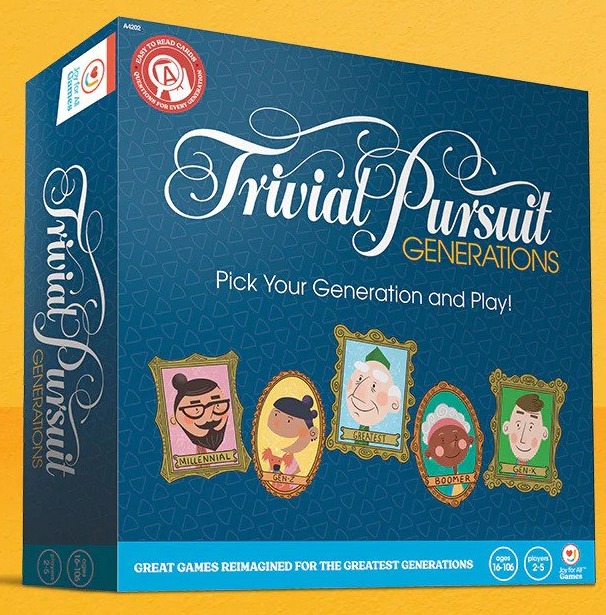Christopher Byrne: Thinking, Learning, Playing, Growing
by Christopher Byrne | 13 Jul 2023
Industry Commentary, Op-Ed

The back-to-school season is on us, and for the second year since the pandemic, kids are really going back—to real schools, in classrooms, with each other in person. That means a lot of household spending on goods related to the season. Where do toys fit into that? Well, none of the major tracking services separate out toys as one of the major consumption categories, which include clothes, electronics, books, and supplies. However, we know anecdotally that parents are buying toys for kids during this season, and we know from teachers that new toys are coming to school in backpacks. (I’ll save my own wind-up robot detention story for another day.)
The new school year is also a time of beginning. It’s almost as if we get a clean slate as we head into the fall. It is an exciting time for everyone—even adults can get caught up in the novelty of the time. As we look to the ’23-’24 school year, here are some of the trends we’re seeing influencing play:

The author’s mother c. 1925
Social/Emotional Development
There’s been a lot of talk about this in recent years, but it’s front-and-center for this season. The trending buzzword is MESH, an acronym for Mental Emotional and Social Health. It’s especially important because it acknowledges the whole child, and their needs. First and second grade teachers we’ve talked to have stressed that the past two years have been different. They show up on day one needing to develop social skills and an ability to function within a peer group that they would have learned in a traditional preschool setting. For these teachers, that means incorporating more opportunities for teamwork and collaboration into their lesson plans. It’s also meant that kids are experiencing stress in different ways than previous groups of kids did at that grade level.
For example, when I was in elementary school and behavior got out of hand, kids were sent to stand in the corner—as a punishment. That corner has become the “calming corner” in many schools. Kids may not be “bad;” they may simply be overwhelmed and acting out as a result of that. (Who among us doesn’t know what that can feel like?) In addition, some elementary classrooms are being redesigned so that kids don’t sit in regimented rows but have some freedom to sit on beanbags, or on the floor.
One game that brings together many of these elements is Reel Big Catch from Educational Insights. It’s a counting game, a measuring game, a gentle social competition, and with its expanding fish playing pieces that feel good in the hand, introduces ASMR interaction.
There’s also almost every year a “hot playground toy,” which have been anything from Pogs to Tamagotchi, to Silly Bands, to Squinkies (which is making a comeback this year). These are equally important for kids as they bond with their peers through shared experience.

Squinkies—the hot playground toy for BTS 2023
Gamification
We’ve been reading a lot of studies lately about the value of games for learning. It increases engagement, collaboration, problem-solving, and transference of information as well as the social benefits of games. Just last year the NIH released a study that found that kids how played video games had better concentration habits, impulse control, and even helped manage conditions like ADHD. The point is that effective games are immersive and when the child is invested in trying to achieve a specific outcome, that’s where their focus and engagement is.
Some teachers we knew embraced this nearly 25 years ago. When schools were banning Pokémon cards, these teachers were using them in math lessons. You can bet the kids were invested. Today, the Storypod system incorporates age-appropriate trivia challenges to keep kids playing. Information and knowledge are a kind of currency for kids, and building in aspects that allow kids to progress to a level of mastery is important.

Tonies—innovating in reading and skill building.
Room for the Child
I recently read an article in the Washington Post about how ultra-processed food is bad for health. It got me thinking about how toys and play that don’t leave room for the individual child’s expression, aka the infamous “watch-me” toy, can be entertaining but limited. Sure, just as we all enjoy a snack that isn’t nutritionally wholesome, watching something silly can be a diversion, but we need to balance out the toy box, just as we do our diets. It’s important in developing toys to ask: what does the child bring to this play experience?
It's one of the reasons reading to children is so important. It’s both the power of narrative and the necessity for the child to use their imagination to create images and hold ideas. It’s why we like systems like tonies because in telling stories and playing music, what happens in the child’s imagination is an important component of the play.
My Geometry teacher, Mrs. Kelly, at some point in almost every class, said, “Let’s close our books and reason together.” It required that we bring to that problem everything we’d learned and apply it. Productive play happens when kids bring their collective knowledge and experience to the project at hand.
Process Over Results
As noted earlier, progressing from neophyte to master is an important part of development, and the learning happens in the process. I recently talked to basketball great Sue Bird, and she says that only a few of the kids who ever play ball on an academic level will ever turn pro—an infinitesimal amount, actually. She stresses that what kids learn on the court, particularly as they try to master a skill is what matters most.
I’ve known many professional magicians over the years, and I’m fascinated by magic. If there ever was a discipline that relied on the practice-to-mastery model, it’s magic. Yet, I’ve also talked to many people, including a few celebrities, who said that having a magic set as a kid turned out to be one of the best gifts they ever got; it brought them out of themselves, gave them confidence and comfort in front of others, and more.
Engagement with process is what gives an activity its sticking power. A child who can visualize an outcome is likely to work towards getting it, even if there’s a bunch of failure on the way.
Where can you build in that process that gets someone hooked? As the line from the Othello game goes, “A minute to learn, a lifetime to master.”

Trivial Pursuit Generations—where everyone can play together.
Changes in Social Structure
Today’s kids are more likely to be engaged across generations than in the past. For Boomers, Xers, and even some older Millennials, “kid world” and “adult world” were separate. The pandemic changed all of that as kids were required to socialize across those generational divides. Rather than having to play together, these folks want to play together. It’s why we get excited when we see games like Trivial Pursuit Generations from Joy For All that breaks questions out by generation, so everyone can play together on a—more or less—even playing field.
Toys will always follow and reflect the culture, and the value in talking about trends is in the questions they inspire us to ask about where our innovations, ideas and final products fit in the context of both our industry and the lives of our consumers.
Christopher Byrne is a 30-plus year veteran of the toy industry. He’s an independent researcher, analyst, historian, and consultant. Find him at his consumer-facing site, TheToyGuy.com.
Related Product
Related Blog
Recent Blogs

General
McHALE DESIGN CASE STUDY: MONSTERVERSE- THE LEGEND CONTINUES…

General
Build-A-Bear Celebrates National Teddy Bear Day with Donation to The Toy Foundation™

Industry Commentary, Op-Ed
Toy Foundation Auction is Now Open for Your Bids

Industry Commentary, Op-Ed
Bracelets, Stickers, and Viral Fame: The Story Behind Sky Castle Toys’ Sticki Rolls

Biographies and Interviews
Chrissy Fagerholt: Luck is when Preparation Meets Opportunity!
See more
Recent Wiki

BOOK REVIEWS
Book Review: Storm: Dawn of a Goddess by Tiffany D. Jackson

BOOK REVIEWS
Book Review: Erno Rubik and his Magic Cube by Kerry Aradhya

BOOK REVIEWS
Game Review: Trip Chaser

COMPANIES
Learning Express Toys Hosts 25th Annual Convention & Toy Expo at JW Marriott Tucson

MISCELLANEOUS
Submit Your LA Showroom Details for 2025 Toy Previews
See more
POP's Got Talent

POP Entertainment
Randy Klimpert Shares his Ukulele Collection

POP Entertainment
Steve Casino Peanut Art

POP Entertainment
Everyone's Talking about POP!

POP Entertainment
Princess Etch - a Multi-Talented Etch A Sketch Artist

POP Entertainment
Joseph Herscher of Joseph' s Machines.
See more
Recent POPcast

Hidden Role: The Brains Behind your Favorite Games
Connie Vogelmann designed Apiary & Wyrmspan!

Hidden Role: The Brains Behind your Favorite Games
Bob Fuhrer... Is THE Crocodile Dentist!

Hidden Role: The Brains Behind your Favorite Games
Tom Dusenberry... Bought Atari, Wizards of the Coast, and Avalon Hill!

Hidden Role: The Brains Behind your Favorite Games
Matt Leacock created Pandemic... the game!

Hidden Role: The Brains Behind your Favorite Games
Scott Brown and Tim Swindle... are Launching a New Sport!
See more
POPDuos

POPDuos: Interviews with Legends and Leaders
POPDuo: Richard Dickson, Mattel’s President & COO, and Kedar Narayan, Young Inventor Challenge AMB

POPDuos: Interviews with Legends and Leaders
POPDuo: Will Shortz and Josh Wardle

POPDuos: Legends and Leaders Explore Creativity
POP Duo: Elan Lee, Co-Founder, Exploding Kittens.and Jeff Probst, Host and Exec Producer, Survivor

POPDuos: Legends and Leaders Explore Creativity
POP Duo: David Fuhrer, MNG Director, Blue Sq Innovations & Shawn Green, past Dodgers & Mets MLB Star

POPDuos: Legends and Leaders Explore Creativity
POP Duo: Bob Fuhrer, Founder, Nextoy and Tom Fazio, Golf Course Designer
See more















